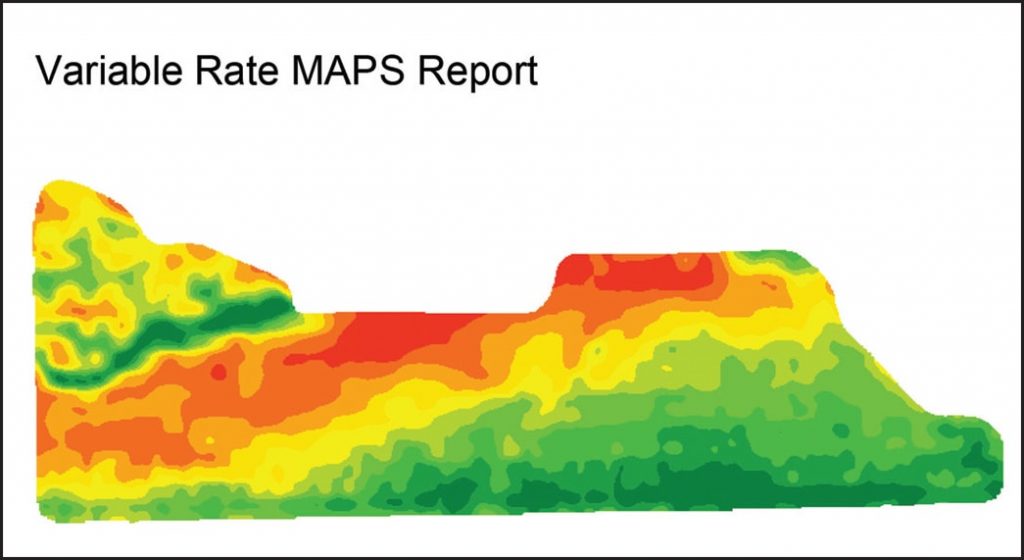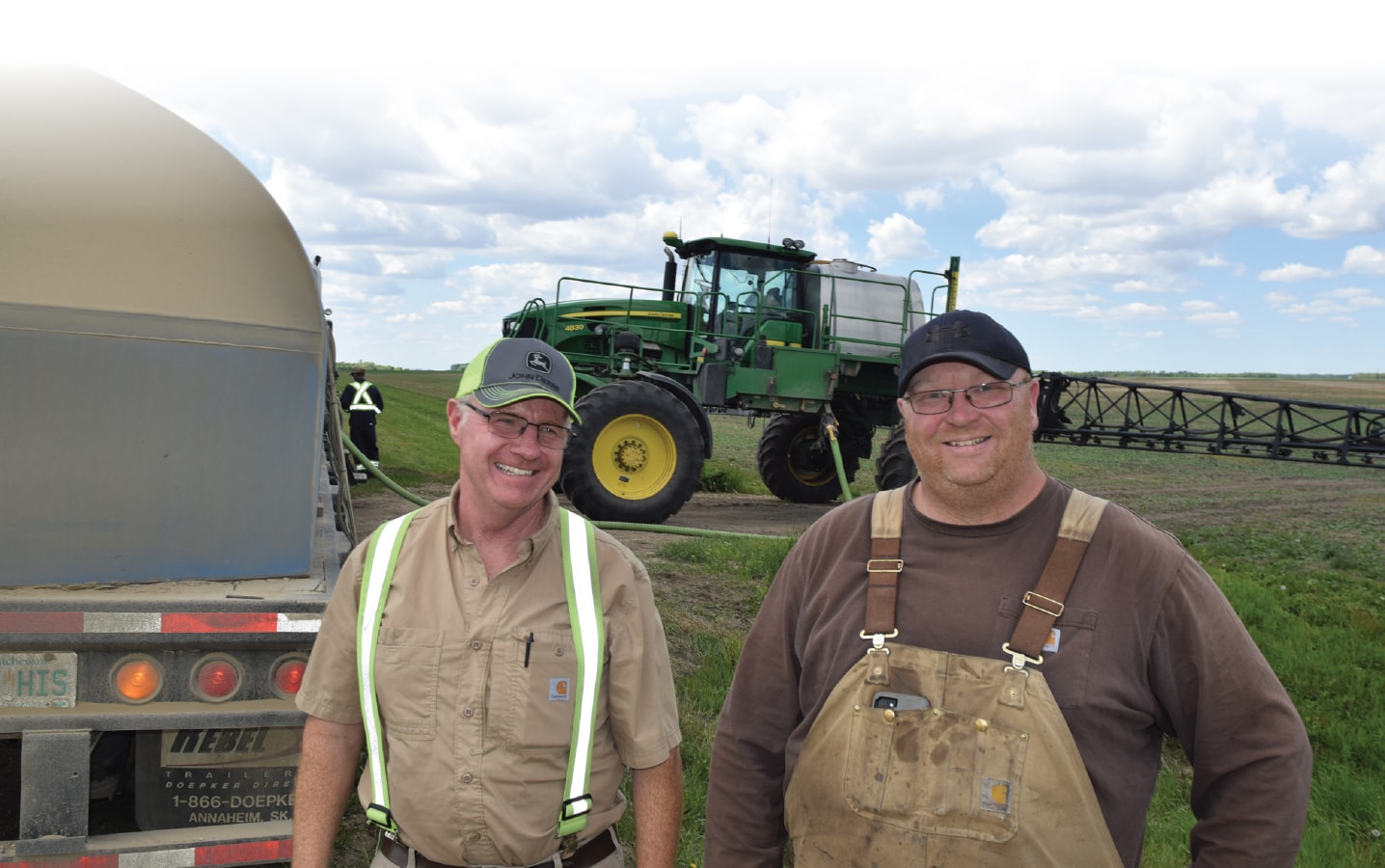VR canola seeding achieves more consistent stands
Jason Fockler already had field maps for variable-rate fertilizer, so using those field maps to set up a variable canola seeding rate was fairly simple.
Fockler, who farms with Warren Pridham at Carrot River, Sask., saw clear economic value for VR fertilizer. They bought the drill and worked with CropPro Consulting on maps to make the right fertilizer investment for each zone of each field, based on productivity and potential returns.
“Making the move to VR seed wasn’t a big step,” he says.
Their adviser is Kerrie de Gooijer, agronomy manager for CropPro Consulting. “The foundation for all our recommendations and prescriptions is a soil, water and topography map (SWATMAP),” she says. “We use the same map for everything. We can make as many layers for different products as the controller and tank are capable of handling.”
To make a map, CropPro collects the electro-conductivity and elevation base layers for the field, then ground truths the field to identify 10 zones. Hilltops – the water-shedding areas with the lowest organic matter content and lightest textured soils – are grouped together in Zone 1. Depressions that collect water and typically have the highest organic matter are Zones 9 and 10. Salinity is grouped in its own zone so it can be managed differently.
“We have the flexibility to apply 10 different rates across the field if we feel each of the 10 zones should be treated differently,” de Gooijer says.
The yearly fees that Fockler and Pridham pay to CropPro include one VR prescription per year, which they use for fall-applied nitrogen. Their VR seeding plan, which includes seed, phosphorus, potash and sulphur, has an add-on cost of $50 per field.

Choosing the Right Seeding Rate for Each Zone
“Our goal is to have the same number of plants per square foot across the field,” Fockler says. “With an even crop, this helps with timing decisions for fungicide application and harvest.”
“Our goal is to have the same number of plants per square foot across the field. With an even crop, this helps with timing decisions for fungicide and harvest.”
Typically the hilltops and depressions have higher mortalities than the midslope areas. “So these areas get a higher seeding rate,” de Gooijer says. “For the midslopes, which generally have the best emergence, we may cut back the seeding rate slightly.”
Seed size, seed-placed fertilizer, drill and opener type, and seeding conditions also factor into the seeding rates. For Fockler and Pridham, their target is 5.5 plants per square foot and they assume average seed survival for canola of around 70 per cent.
“If your recommended seeding rate is 5 lb./ac., the VR seed prescription will bring the field average to 5 lb./ac. but may be applying 20 per cent more on those higher mortality areas,” de Gooijer says.
As an example, Fockler had one canola field in 2019 with an average seeding rate of 4.9 lb./ac., but rates were 5.8 lb./ac. in the lowest elevation areas and 5.4 lb./ac. on the hill tops. With a dry start to the season in 2019, he says canola germination was overall lower than average, but variability in plant stand across the field was still within 10 per cent.
At the end of the day, is there enough benefit to justify VR canola seed? “A consistent canola stand across a field can have benefits for fungicide and harvest timing, but economically, canola responds so well to so many different plant stand densities,” says Shawn Senko, agronomy specialist and precision farming lead for the Canola Council of Canada. “Research has shown a clear benefit to variable seeding rates for corn, for example, but we may need more work to show clear economic benefits for canola.” He says that for canola, the economic benefits from an investment in a VR drill and maps will more likely come from the improved fertilizer utility, which growers can use to drive more profit from the best zones of the field.
Fockler thinks VR canola seed does provide a benefit, even if it’s not obvious when comparing fields from a distance. De Gooijer notes a particular benefit for saline areas. “If the salinity is extremely high and there is no hope of anything growing in that area, there is opportunity for seed savings because we may decide to cut back the seed in that area.”





